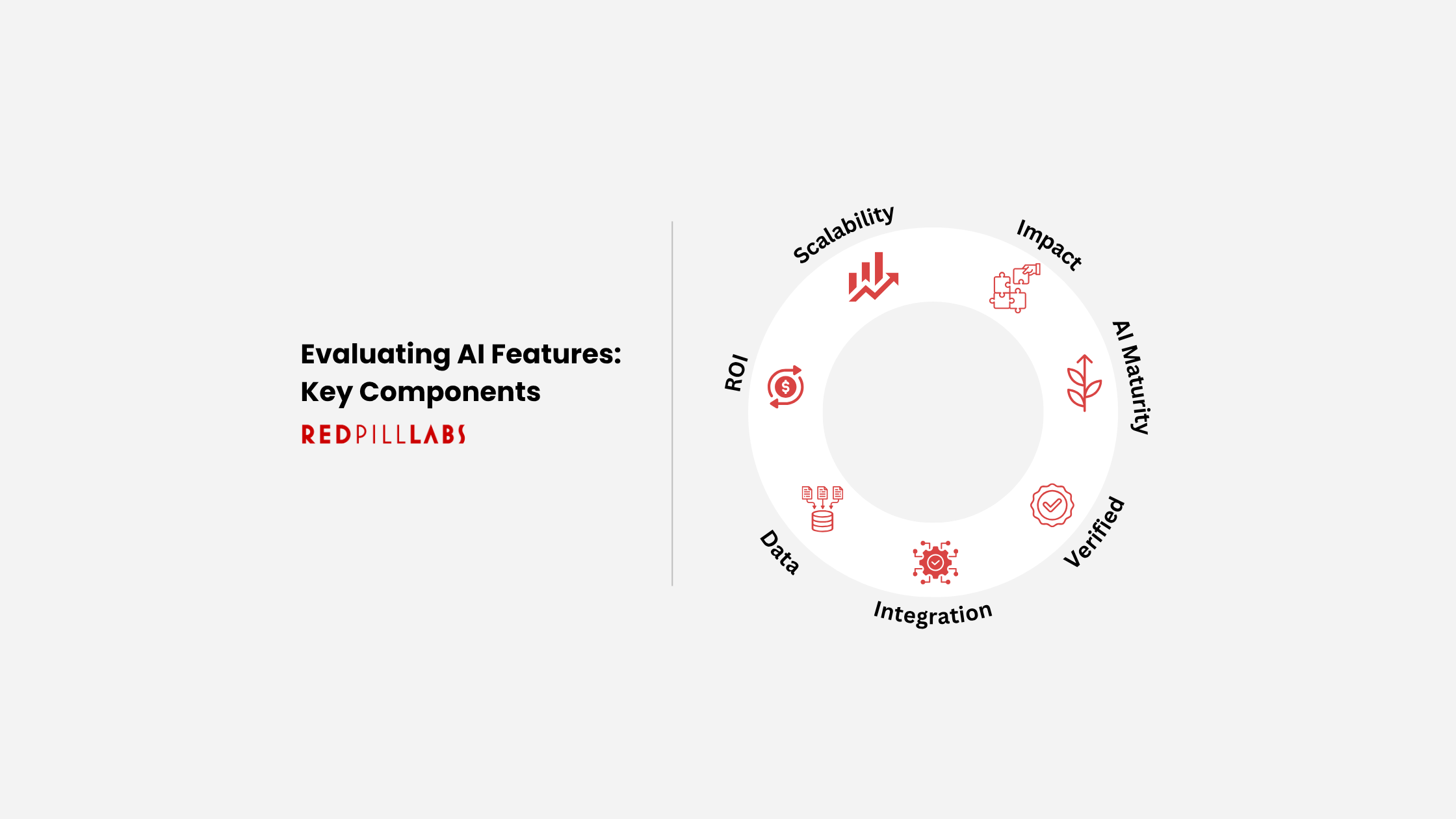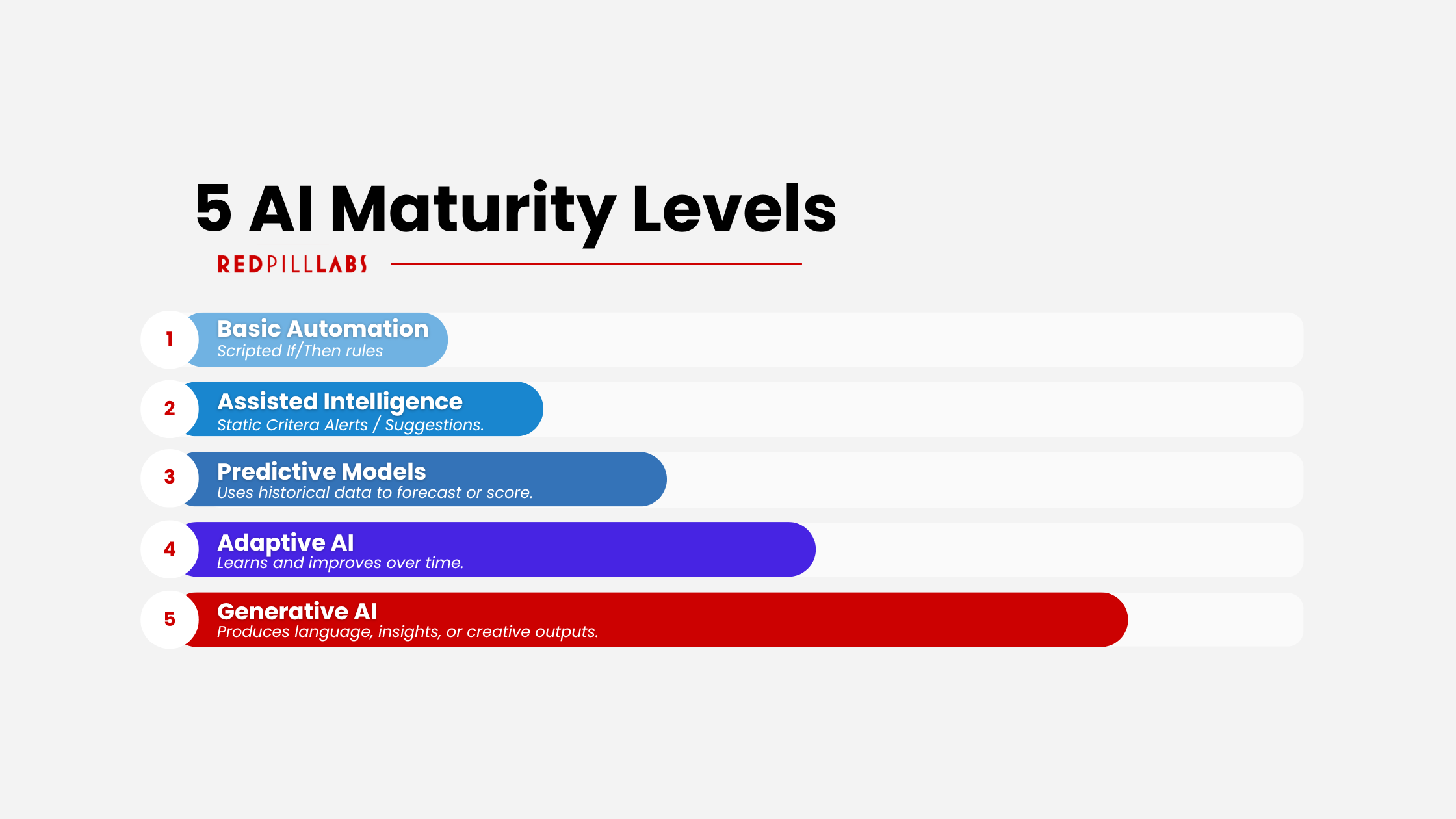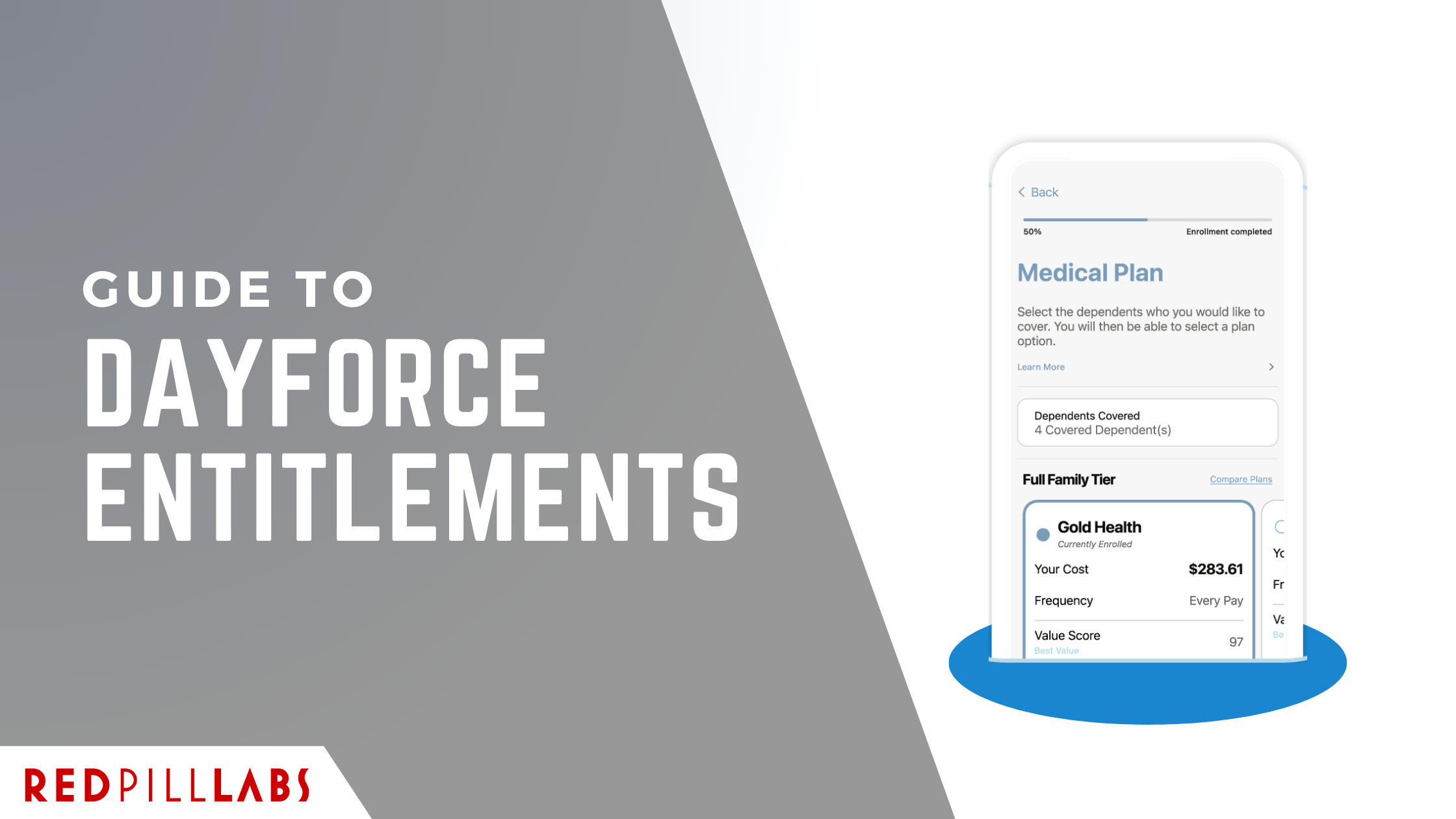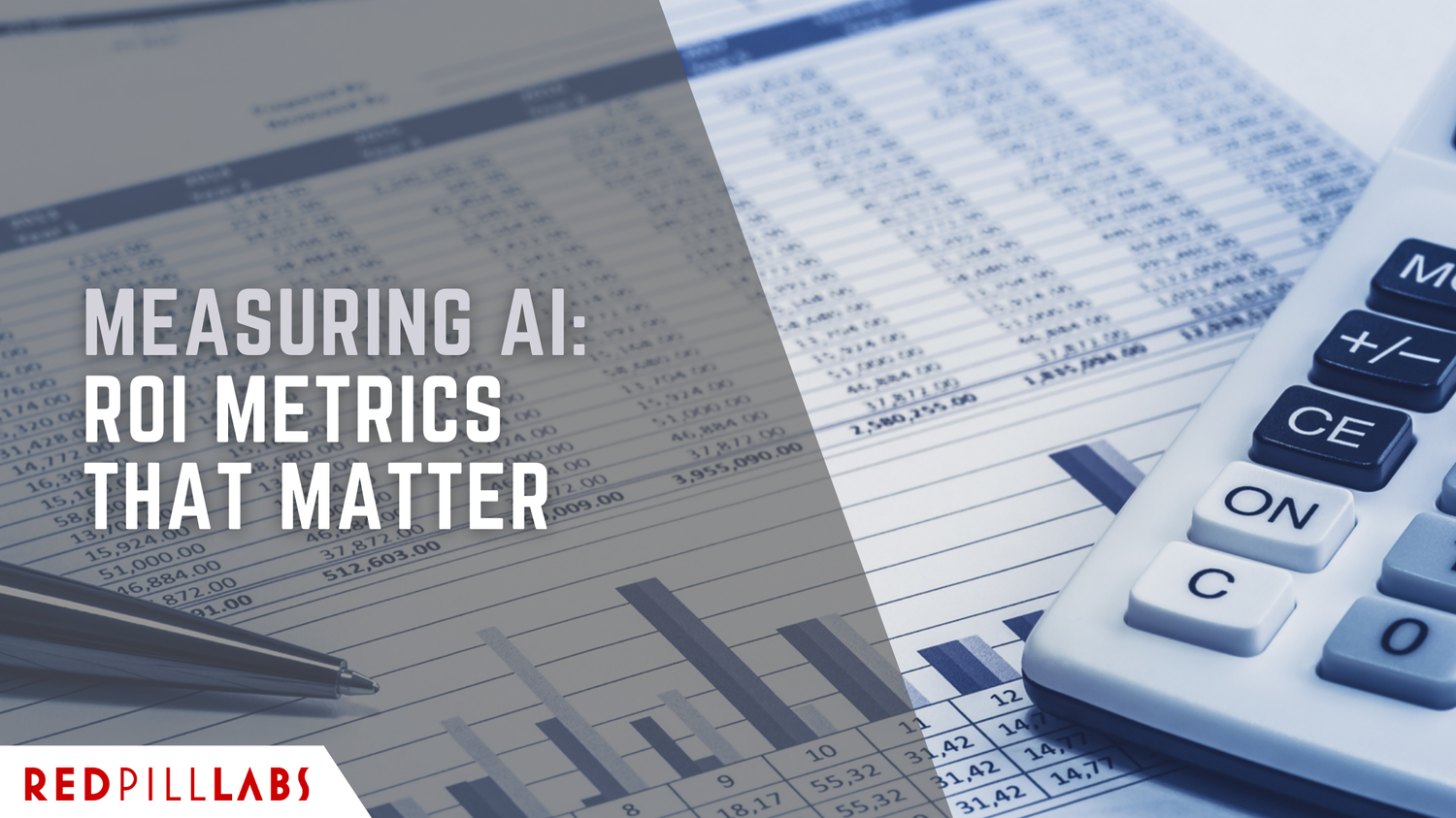AI in Enterprise Software: What Smart Buyers Look For
blog/ai-in-enterprise-software-what-smart-buyers-look-for
2025-08-14
Cutting Through the AI Hype
In today's software market, the term "AI-powered" is everywhere. From ERP systems to HR platforms, nearly every enterprise vendor claims to include artificial intelligence in their product. But what does that really mean? And more importantly, does it actually deliver value?
This phenomenon, commonly referred to as "AI-washing", makes it difficult for software buyers to understand what’s real and what’s not.
Overstated AI claims aren’t just annoying; they’re risky. Organizations that buy into hype may invest in expensive modules they don’t need, or find themselves locked into features that don’t perform as promised.
We frequently see vendors stretch the value of AI in marketing materials, product demos, and RFP responses. This post gives you a clear and practical lens to help assess those claims, cutting through the hype and making informed, ROI-driven decisions.
Key Components for Evaluating AI Features
When evaluating software that claims to be AI-powered, use these criteria to guide your analysis:
Impact: Solves a Real Business Problem
Does the AI feature solve a core pain point or business need?
Is it tied to productivity, cost efficiency, compliance, or another strategic outcome?
Or is it a "cool" feature that looks impressive but adds little value?
AI Maturity: AI vs. Automation
Is it true AI (e.g., machine learning, NLP, generative AI), or just scripted automation?
Real AI can adapt, learn, or generate. Automation simply follows a rulebook.
AI and Automation are distinct tools with interconnected, but different strengths.
Verified: Proof of Performance
Look for specific case studies or benchmarks.
Ask for data showing business impact in real-world use.
Integration: With Processes and Systems
Is the AI seamlessly embedded into existing user processes?
Or is it a standalone tool that adds friction to your workflows?
Data: Requirements and Quality
What kind of data does the AI need to function?
Will it work with your existing systems and data environment?
ROI: Measurable Return
Can the vendor show how this AI feature improves key business metrics?
Does it reduce time, increase accuracy, improve customer outcomes, etc.?
Scalability: Grows With Your Work
How often is the model retrained or updated?
Can it scale with your data and user base?
5 AI Maturity Levels
Not all AI is created equal. Here’s a simple way to categorize the maturity of AI features:
Level 1: Basic Automation – If/then rules and scripted actions.
Level 2: Assisted Intelligence – Alerts, filters, or suggestions based on static criteria.
Level 3: Predictive Models – Uses historical data to forecast or score.
Level 4: Adaptive AI – Learns and improves over time.
Level 5: Generative AI – Produces language, insights, or creative outputs.
Ask vendors to clarify where their feature falls on this scale.
Organizational Readiness: Can You Use the AI Effectively?
Even the best AI tools won’t deliver value if your organization isn’t ready for them.
Data Readiness
Is your data accurate, centralized, and in a usable format?
User Readiness
Do your teams have the skills to work with AI-powered tools?
Workflow Flexibility
Can your processes adapt to insights and automation from AI?
Governance
Do you have policies around ethical AI use, data privacy, and model oversight?
Questions to Ask Vendors + Red Flags to Watch For
Equip your team with the right questions and a healthy dose of skepticism.
Red Flags to Watch Out For During AI Vendor Demos
Vague language like "AI-powered" with no technical detail.
No transparency about data requirements.
Refusal to provide benchmarks or case studies.
Overpromising (e.g., "automates everything" or "replaces decision-making").
Smart Questions to Ask Instead
"What specific AI models or techniques are used?"
"How are the models trained, updated, and validated?"
"Can we see data from organizations like ours?"
"Can we pilot the feature with our data before buying?"
"What’s required from our team to make this work?"
Embedding AI Evaluation into Procurement (RFP Tips)
Don’t rely on marketing copy. Include these prompts in your RFPs to get clear answers:
"Describe the AI models used, including training methods and update frequency."
"Provide measurable business outcomes from similar clients."
"List the data sources and formats required for the AI to function."
"Detail any post-implementation tuning or retraining needs."
Stay Critical, Stay Practical
AI has enormous potential—but only when it's real, relevant, and supported by solid data and integration. Use these criteria, questions, and maturity levels to ground your evaluations.
By staying skeptical and structured, you can avoid marketing fluff and invest in AI that truly supports your goals.












